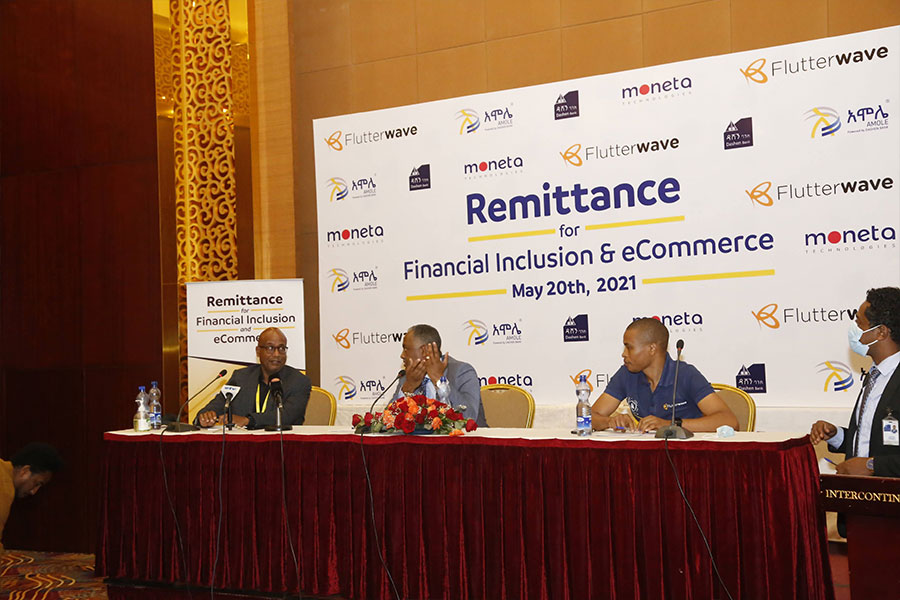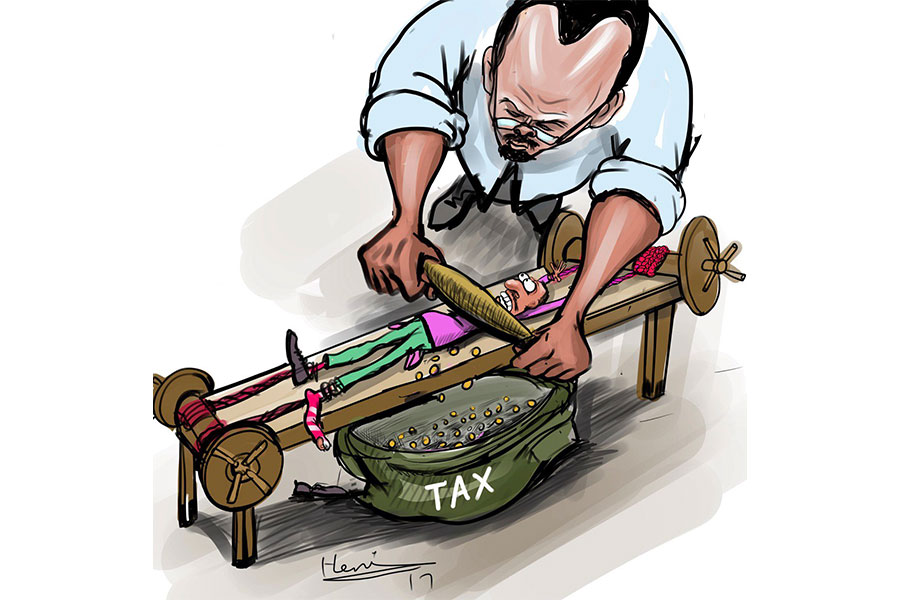
The onset of COVID-19 has accelerated change in the payments sector that was expected to take years.
Guidelines and restrictions to deter the spread of COVID-19 have led to a surge in digital and contactless payments. This shift was already underway but leapfrogged years’ worth of change in a few months.
Globally, the number of non-cash transactions grew by 6% from 2019 to 2020. As consumers are becoming increasingly comfortable with contactless payments, further innovation in the payments space is expected in the coming years.
With health and safety concerns associated with touching surfaces such as payment terminals, digital payments experienced a boost in popularity with 4.8 billion mobile wallets in use globally in 2020 – the most in the far east and China, followed by the MENA region. Additionally, mobile money saw a rise in transactions conducted using a mobile phone, where value is stored virtually (e-money) in an account associated with a SIM card. Mobile money is primarily optimized in regions such as Africa, where internet connectivity is poor, and e-money enables financial inclusion - users can receive, withdraw, and send money without being connected to the formal banking system.
However, a rise in the use of digital wallets is observed.
They appear to be a cheaper, tech[1] enabled, and safer alternative. These wallets have become part of a broader shake-up in the fast-evolving payments ecosystem, where Big Techs and retailers alike are offering alternatives to traditional card providers.
A digital wallet is a store of value managed by a payments platform that facilitates both face-to-face and remote payments using digital channels and tokens, i.e., applications and the Internet.
Payment rails are established networks that support data flow and ensure the correct flow of funds between customers and businesses. Payments rails can include a mix of RTGS, Open APIs, card rails, and alternative payment rails.
The pandemic drove the world to an increased dependency on digital p a y m e n t s . W i t h t h e plethora of advantages and advancements in the space, digital wallet adoption has boomed for reasons more than just social distancing.
Digital wallets offer consumers a multitude of benefits, encouraging them to embrace this up-and-coming payment method now and in the future. Consumers no longer want to carry an old school leather wallet with multiple cards, bundles of cash and some loose change – seamless, smooth, speedy transactions are the way forward. Globally 61% find it easier to pay using contactless, and this percentage rises amongst younger generations (Gen Z, Y, X). Digital wallets save time through an automated e n d - t o - e n d p a y m e n t solution – from booking to check-in/out, through to invoice digitization and VAT reclaim.
Operators can leverage digital wallets to increase the lifetime value of customers, improve revenue, and serve unbanked and under banked customers. These wallets must be merchant agnostic to be of any use, which is where card rails come into p l a y.
Additionally, digital wallets allow operators to: With major traditional b a n k s a n d p a y m e n t providers across the globe venturing into the virtual cards arena, the growth is expected to be monumental.
To meet goals of financial inclusion and digitization, c e n t r a l b a n k s a n d supervisors will need to improve their knowledge to provide effective regulation of rising global players, that are not banks, to keep up with the evergreen payments landscape as digital wallets may be thekey to an inclusive, modern, and systemized economy
One of the critical trends in the digital payments domain has been the rise in the circulation of virtual cards. At the beginning of 2020, physical cards were preferred for the majority of transactions. However, with the onset of COVID-19 in March, the usage of virtual cards began to accelerate.
It is predicted that virtual cards will grow by 90 per cent through the next few years.
Currently, cards can be linked to digital wallets and used as a payment method at the point of sale, serving as a middleman between value reserves and digital wallets.
Along with that, various new age players have already started offering virtual cards which can be easily linked with in-house or third-party digital wallets.
M o r e o v e r, a s m a j o r organizations and startups’ f o c u s t u r n s t o w a r d s achieving their ESG goals and forming a paperless ecosystem, the merger of virtual cards and digital wallets is just a matter of time. It is also worth noting that NFC technology is used to communicate between the wallet and the reader. Apple Pay and Google Pay are two examples. The advantage of this type of wallet is that it may use the existing card rails - the card payment system. Card networks are payment rails with infrastructure, rules, and laws to ensure that payment transactions between parties go successfully.
Most digital wallet users now load numerous cards. Frequently switching to a card other than their default option is becoming more common. Multifunction instruments dynamically link the reference account t o m u l t i p l e p r i m a r y account numbers. They are a nascent space yet but have great potential in the digital wallet arena.
In addition to high rates of demand and acceptance, technology innovation is aiding the spread of digital wallets worldwide. Creating frictionless transactions for consumers and merchants while addressing security and fraud concerns, digital wallet technologies are proving to be actionable, dependable, and usable.
The first step in the payments revolution has been a shift to digital payments. Aligned with modern users’ urgency and need to have things immediately, virtual cards can be issued and made functional near instantly.
CR2’s Bank World Wallet is a Digital Wallet that enables banks to offer customers the ability to easily and instantly make purchases or send and receive money through their smartphones. With native virtual card capabilities, CR2 combines card technology for face-to-face transactions with account and digital banking capabilities for remote transactions, reach and price-point. This Digital Wallet empowers banks to reach remote and rural communities in emerging and developing regions by providing Digital Wallet.
PUBLISHED ON
Jan 17,2022 [ VOL
22 , NO
1134]

Fortune News | Feb 27,2021

Radar | Oct 07,2023

Agenda | Jun 05,2021

Fortune News | May 02,2020

Fortune News | Jan 14,2023

Viewpoints | Jul 27,2024

Fortune News | Apr 03,2021

Fortune News | Mar 06,2021

Commentaries | Jul 02,2022

Commentaries | Dec 24,2022

Dec 22 , 2024 . By TIZITA SHEWAFERAW
Charged with transforming colossal state-owned enterprises into modern and competitiv...

Aug 18 , 2024 . By AKSAH ITALO
Although predictable Yonas Zerihun's job in the ride-hailing service is not immune to...

Jul 28 , 2024 . By TIZITA SHEWAFERAW
Unhabitual, perhaps too many, Samuel Gebreyohannes, 38, used to occasionally enjoy a couple of beers at breakfast. However, he recently swit...

Jul 13 , 2024 . By AKSAH ITALO
Investors who rely on tractors, trucks, and field vehicles for commuting, transporting commodities, and f...

Aug 2 , 2025
At daybreak on Thursday last week, July 31, 2025, hundreds of thousands of Ethiop...

Jul 26 , 2025
Teaching hospitals everywhere juggle three jobs at once: teaching, curing, and discov...

Jul 19 , 2025
Parliament is no stranger to frantic bursts of productivity. Even so, the vote last w...

Jul 12 , 2025
Political leaders and their policy advisors often promise great leaps forward, yet th...